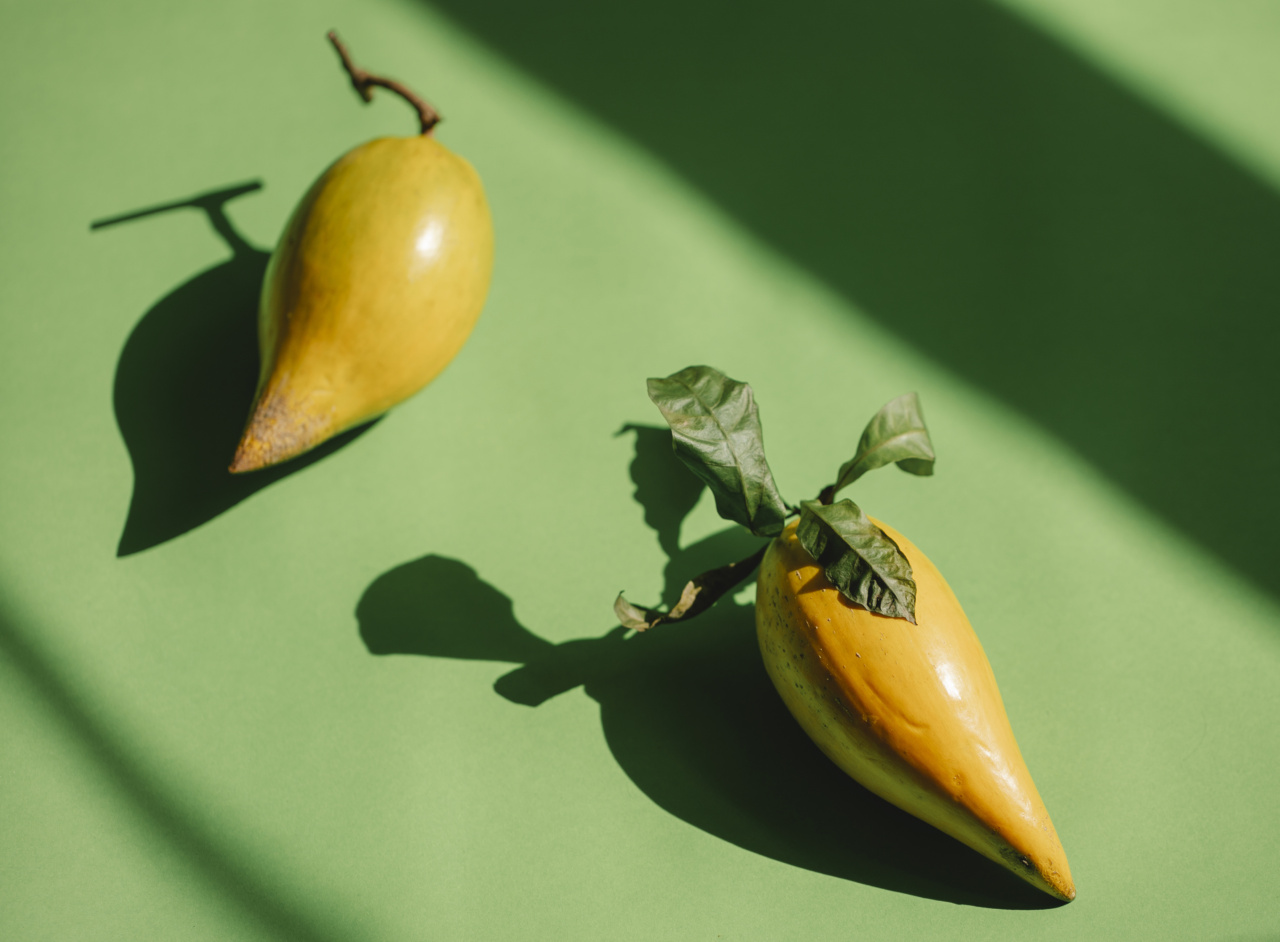The yellow fruit is a true wonder of nature, packed with vitamins, minerals, and antioxidants. It is also incredibly versatile and can be enjoyed in a variety of ways – from raw as a snack, to cooked in a savory dish, to blended into a smoothie.
In this article, we’ll explore some of the lesser-known facts about this powerhouse of nutrition.
1. The yellow fruit is not actually a fruit
Despite its name, the yellow fruit is not technically a fruit.
It is actually a member of the berry family and is classified as an accessory fruit, which means that the fleshy part of the yellow fruit is derived from the receptacle that holds the true fruits (the small black seeds) on the inside.
2. The yellow fruit is a good source of Vitamin C
Vitamin C is a powerful antioxidant that is crucial for immune health, wound healing, and collagen production.
The yellow fruit is a great source of this essential vitamin, with one cup containing approximately 85 mg of Vitamin C, which is more than the recommended daily intake for an adult.
3. The yellow fruit can help improve digestion
The high fiber content of the yellow fruit makes it an excellent food for digestive health. Fiber helps to promote regularity and prevent constipation by adding bulk to the stool and reducing transit time through the intestines.
4. The yellow fruit may help lower blood pressure
Studies have shown that the potassium content of the yellow fruit may help to lower blood pressure levels. Potassium is a mineral that helps to regulate fluid balance in the body and can counteract the negative effects of sodium on blood pressure.
5. The yellow fruit can be used as a natural remedy for acne
The anti-inflammatory properties of the yellow fruit can make it an effective natural remedy for acne-prone skin. The fruit contains antioxidants that help to reduce the production of sebum, the oily substance that can clog pores and lead to breakouts.
6. The yellow fruit can help improve mood
The high levels of folate found in the yellow fruit have been linked to improvements in mood and cognitive function. Folate is essential for the production of serotonin, a neurotransmitter that helps to regulate mood, appetite, and sleep.
7. The yellow fruit can be used to make dairy-free desserts
The creamy texture of the yellow fruit makes it an excellent ingredient for dairy-free desserts.
By blending the flesh of the fruit with some coconut milk, vanilla extract, and honey, for example, you can create a delicious and healthy alternative to traditional ice cream.
8. The yellow fruit can help reduce the risk of macular degeneration
The yellow fruit is a great source of lutein and zeaxanthin, two carotenoids that are important for eye health. These nutrients can help to protect against age-related macular degeneration, a leading cause of vision loss in older adults.
9. The yellow fruit is a good source of healthy fats
The yellow fruit is rich in monounsaturated and polyunsaturated fats, both of which are considered healthy fats. These fats can help to improve cholesterol levels, reduce inflammation, and protect against heart disease.
10. The yellow fruit can be eaten with the skin
Unlike many other fruits, the skin of the yellow fruit is actually edible and contains high levels of antioxidants. While the texture of the skin can be tough and bitter, it can be mellowed by roasting or grilling the fruit.
Conclusion
The yellow fruit is a truly amazing food that offers a wide range of health benefits.
From its high levels of Vitamin C and healthy fats, to its ability to improve digestion and reduce the risk of macular degeneration, this versatile fruit is definitely worth incorporating into your diet.






























